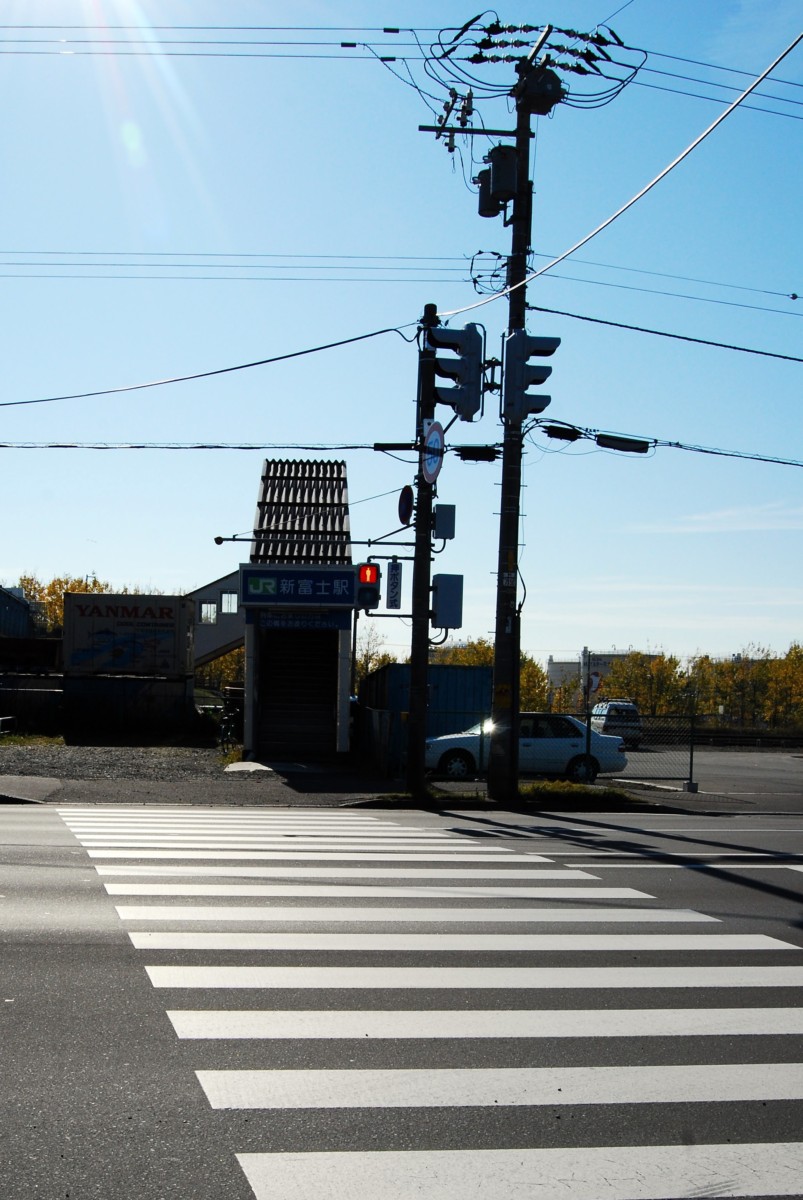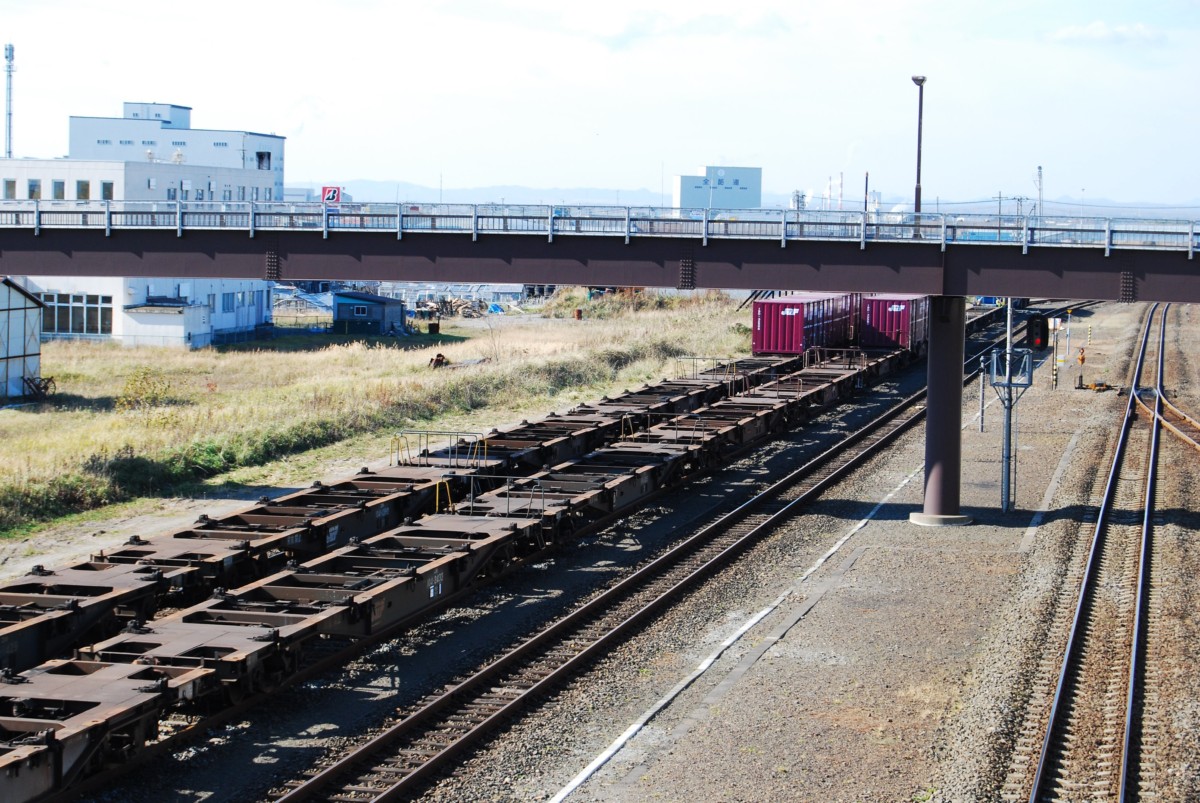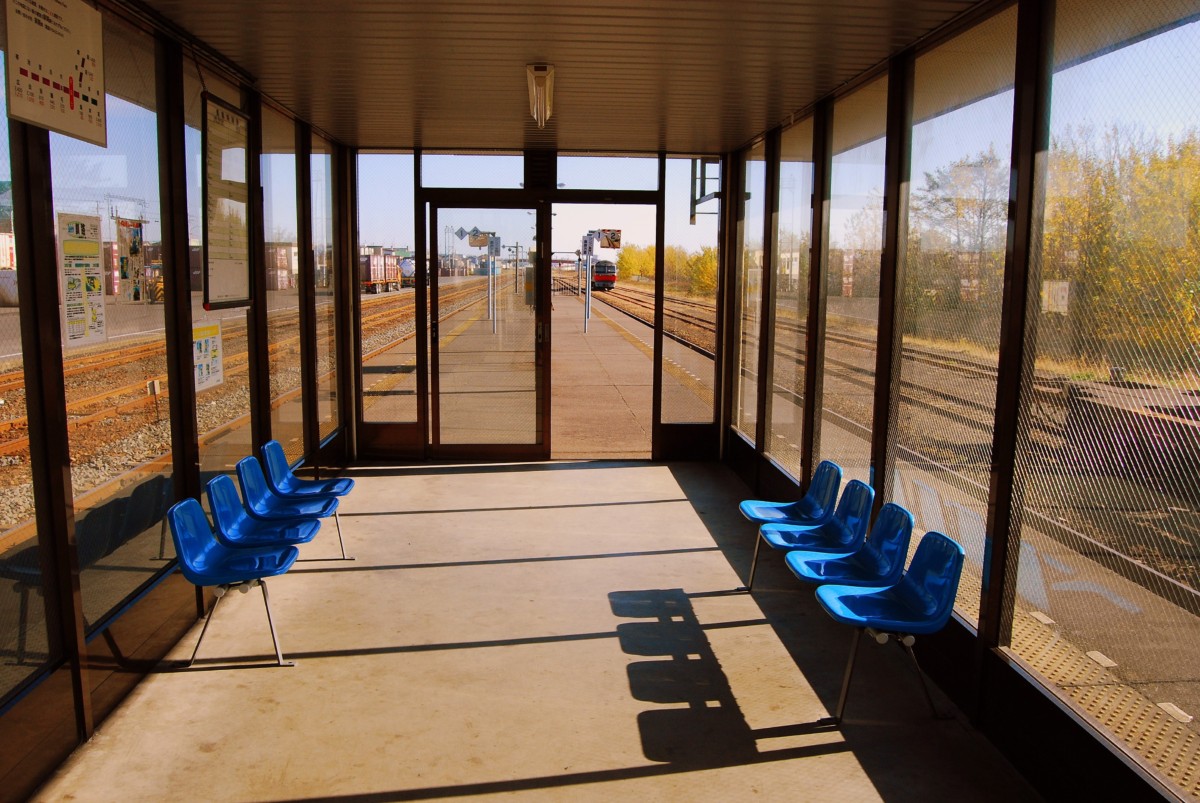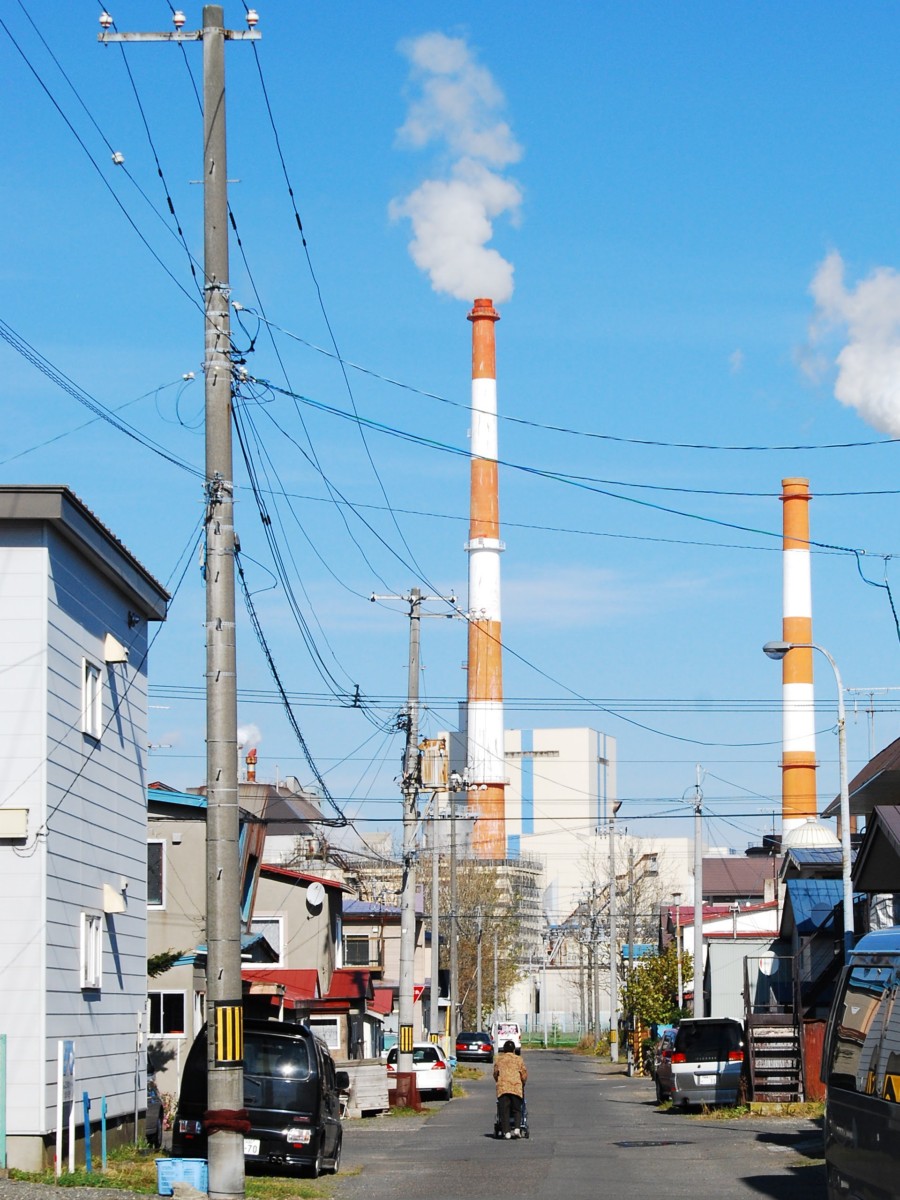Don’t know what a 52 Fuji is? Check out this page.
So it is that we start to near the end of the first phase of 52 Fujis with a trip to Japan’s northernmost prefecture / island, Hokkaido, to visit a station with the exact same name as another station the other side of the country.
Fuji City is a stinky little town in Shizuoka prefecture. I lived there, once upon a time, in two different parts of town. One smelled more like cabbage than the other. The part that smelled like cabbage did so because of its proximity to the Oji paper factory that’s pretty much on Fuji station’s doorstep.
On the other side of town, there’s a dedicated shinkansen (bullet train) station, named Shin-Fuji. I’m honestly not sure if it’s where it is because it was the only place with space or if it’s because it’s closer to the industrial area of town so more likely to get business traffic. I feel like the first option is most likely but who knows, especially given the story I’m about to tell you all about how Kushiro in Hokkaido ended up with a station that’s also called Shin-Fuji.
Nine times out of ten, when you see ‘shin’ in a station name, it’s going to mean ‘new’. ‘Shinjuku’ means ‘new post town’ because that’s how it began life in the Edo period. A lot of shinkansen stations are prefixed ‘shin’ because they’re new additional stations built specifically to accommodate the new (at the time) bullet train. Shinkansen itself just means ‘new branch line’.

How does all this connect to the city of Kushiro, Hokkaido? The ‘new’ Fuji station in this city doesn’t have a shinkansen line. It does, however, have an Oji paper factory right on its doorstep, and when the station opened on Christmas Day in 1923, the name it was assigned was a nod and a wink to its manufacturing cousin down in Shizuoka – you see, it’s the new Fuji station! (At least, that’s what I’ve been told.) There is both a passenger terminal and a freight terminal to this day, but the freight terminal was renamed in 2011 to Kushiro Freight Terminal, which is a little too on the nose for my tastes.
Turns out the universe wasn’t done with bringing the Oji paper company into my life. Oji started life in Kita-ku, in the north of Tokyo, in a little village called, perhaps unsurprisingly, Oji, all the way back in the 19th century. It was started with help from Shibusawa Eiichi, who will be on the 10,000 yen note from 2024, and was the man who brought capitalism to Japan during the Meiji period. I know all this because, owing to the pandemic and my remaining in Japan, I got a job near here. It’s a coincidence, of course, but a pretty cool one if you ask me. Fujis and me seem to be inextricably & inexplicably connected.

But let’s head back to Hokkaido, and the factory there on the outskirts of Kushiro, a city on the southeast coast of Japan’s northernmost province.
Kushiro itself wasn’t all that different from a rural town anywhere else in Japan. Shuttered businesses, weird urban clutter around the station and people just going about their lives. The usual Fuji trip kind of affair.
But the train ride out of town towards my next destination, Sapporo, has informed my feelings towards Hokkaido ever since. Rugged grassland falling down to a choppy sea, as drizzle streamed steadily from a forlorn looking grey sky. Not a building, a person, or indeed, any sign of human existence for what felt like the longest time. This was the first time in Japan that I’d felt so much emptiness. Wilderness and … just space.
(Shikoku would come close, but that wouldn’t be until 2019.)







FUJIS LEFT AT THE END OF OCTOBER 31st, 2008 : 26/59
Leave a comment